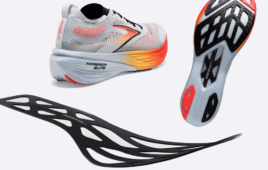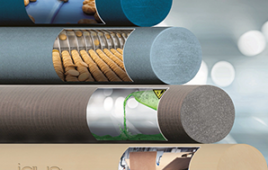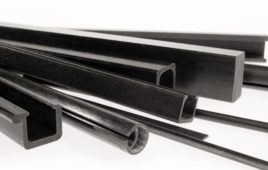Simply put, the goal of all thermal interface materials (TIMs) is to deliver the most effective transfer of heat by connecting the heat-generating device with a heat sink. The more efficiently this can be achieved, the more positive the effect on the lifespan of the component or printed circuit board (PCB). The surface structures of the two components – the heat source and the heat sink – both have a certain roughness and the aim of the TIM is to fill these microscopic deviations and uneven structures on both sides (Figure 1). The fewer voids or air pockets, the lower the thermal resistance and the better the heat dissipation.
To achieve this objective, there are many different TIMs in various formats, thermal conductivities, and rheologies. Thermal interface materials in pad, film, adhesive, paste, and traditional grease mediums are readily available and often used for the joining of two parts with generally flat surfaces – a QFN component to a heat sink, for example. In every case, the tolerances between the two surfaces must be considered and the proper material selected to compensate for those tolerances. For instance, the tolerance between the surface of an assembled PCB and a chassis or housing might be +/- 0.1 mm. In this case, a thin TIM pad like a phase change material (PCM) is ideal. However, if the tolerance is quite large, say between 0.1 mm and 3.0 mm, there is not a suitable pad or film material accounts for that tolerance difference effectively. For this dramatic variation, only a liquid thermal interface material will suffice.
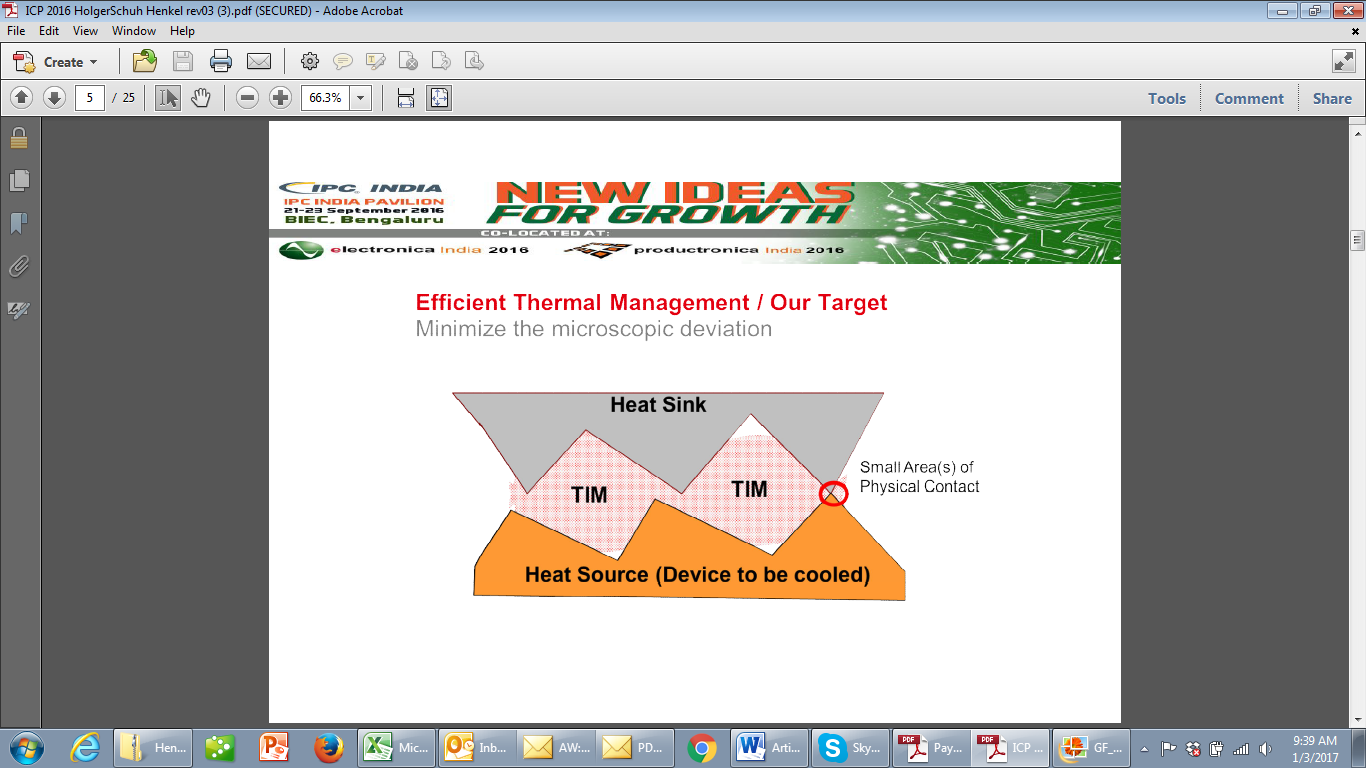
Figure 1 — TIMs provide heat transfer from the source to the heat sink. The goal is to fill all microscopic deviations on both sides for maximum efficiency.
Liquid TIMs Fill the Void and Reduce Stress
Devices have become smaller and designs more complex, so effective heat dissipation is even more challenging to achieve, particularly if attempting to use classic pads, films or greases. When one considers some of the designs for parts like the windings within a hybrid motor, the coils inside a transformer or even LED lamp housings, the benefits of liquid TIMs become apparent.
Because of their ability to flow in and around tight, multilevel dimensions and fill highly variable gaps with large tolerances, improved thermal performance is one of the primary advantages of liquid TIM. This allows the liquid to deliver unmatched conformability. The materials provide much better wet out, resulting in lower interfacial/contact resistance and, therefore, more efficient thermal performance. A comparison of a TIM pad with a liquid TIM, as shown in Figure 2, confirms this fact. When a GAP PAD with a thermal conductivity of 2 W/m-K was compared with that of a liquid Gap Filler with thermal conductivity of 1.8 W/m-K, the cure-in-place liquid material had lower thermal resistance. The liquid material exhibited a 30 percent lower thermal resistance of 2.05 at 10 psi (°C/W), whereas the TIM pad’s thermal resistance was 3.03.
In addition to superior thermal performance, liquid TIMs also lower overall component stress as compared to thermal pads. The typical effective modulus of a thermally conductive pad is in the rage of ~104 to 106 Pa and, once applied, is compressed between 20 percent and 30 percent. Even though the pads are soft, the required compression puts stress on the component. By contrast, the average modulus of a thermally conductive liquid is ~102 Pa and can be compressed to the limit of the filler size, which is usually about ~0.10 mm. There is significantly less force required to wet out the liquid material, which reduces component assembly stress exponentially. Not only is assembly stress diminished, but thermally conductive liquid materials also offer protection against vibration, shock, drop and expansion stress as well. The materials are dispensed, flow into all of the voids and then cure in place, forming a solid pad structure to safeguard against mechanical stress. Whereas conventional thermal grease materials have very low assembly stress, they have a tendency to migrate or “pump out” over time, which lowers thermal performance and increases mechanical stress.
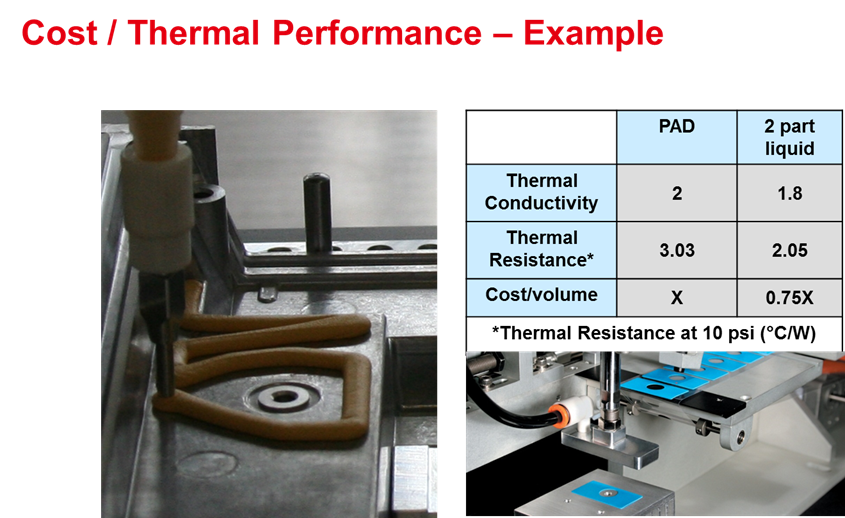
Figure 2 – Thermal Resistance/Cost Comparison – Thermally Conductive Pads v. Liquids
Production Speed, Supply Chain Simplicity and Lower Costs
The ability to automate the application of TIMs is a characteristic of thermally conductive liquid materials that confers multiple advantages. Most obvious is the ability to increase throughput and yield through the use of automated dispensing equipment as opposed to manual application, which is often the method employed with pad- and film-based materials. While there are considerations as to dispensing equipment ruggedness and capability due to the abrasive nature of liquid TIM fillers, the increases in production speed outweigh any special dispense head or maintenance requirements. Dispensing the materials allows for an infinite variety of material deposition volumes, thicknesses and patterns depending on the application requirements. A single TIM can be sourced for multiple programs, minimizing waste, maximizing efficiency and vastly simplifying the supply chain. Pad- and film-based TIMs, on the other hand, must be sourced in various thicknesses and shapes, each with its own part number and qualification process. A manufacturer may have two or three different liquid TIMs for all of its assembly programs, but the same programs could require upwards of 100 different pad materials.
Outside of the administrative, tooling, throughput, and yield cost advantages inherent with liquid dispensed thermal materials, the procurement cost of these products is also generally less than that of comparable (thermal conductivity and base chemistry) TIM pads. As seen in Figure 2, the cost of the 1.8 W/m-K liquid TIM is 0.75% of the 2.0 W/m-K pad TIM.
Win-Win
With gap filling thermally conductive liquid materials, device designers and assemblers get the best of all TIM scenarios. Available in a variety of formulations with thermal conductivities that range from 1.0 W/m-K to 4.0 W/m-K, base chemistries of silicone, non-volatile and non-silicone, and various cure and working time profiles, liquid TIMs are exceptionally versatile. They combine the thermal performance and void filling capabilities of classic grease materials with the mechanical stability of a pad TIM, delivering superior thermal transfer and stress protection to address multiple applications (Figures 3 – 6).
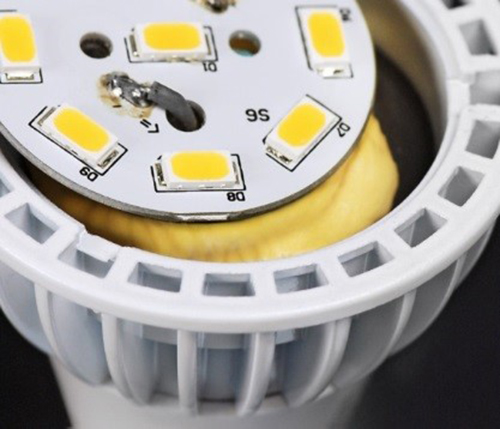
Figure 3: A liquid Gap Filler is used to fill the LED lamp housing before attaching the LED Driver.
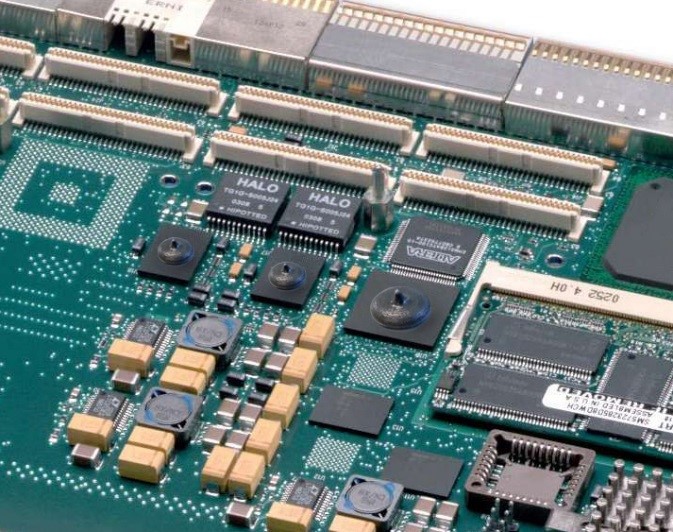
Figure 4: Thermally conductive TIM is dispensed at various locations on a PCB to bond heat sinks on top of components.
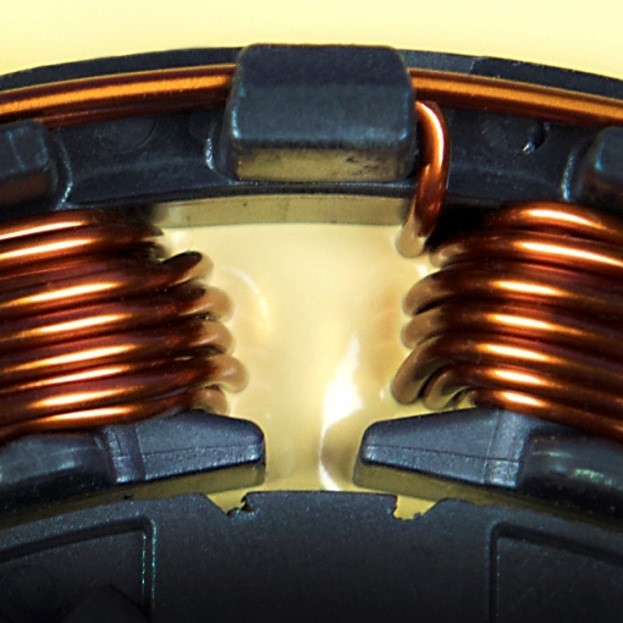
Figure 5: A self-leveling, thermally conductive Gap Filler is used to connect the windings with the chassis in a hybrid electric vehicle motor, transferring the existing heat efficiently.
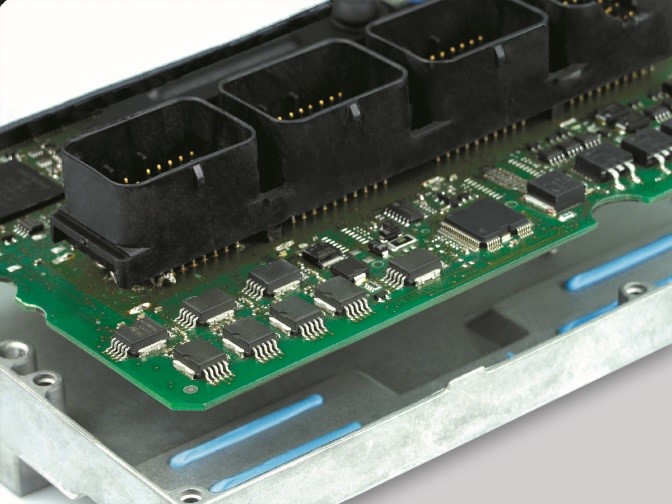
Figure 6: Gap Filler is dispensed in various linear lengths (blue material) on an engine control unit (ECU).
Filed Under: Materials • advanced

